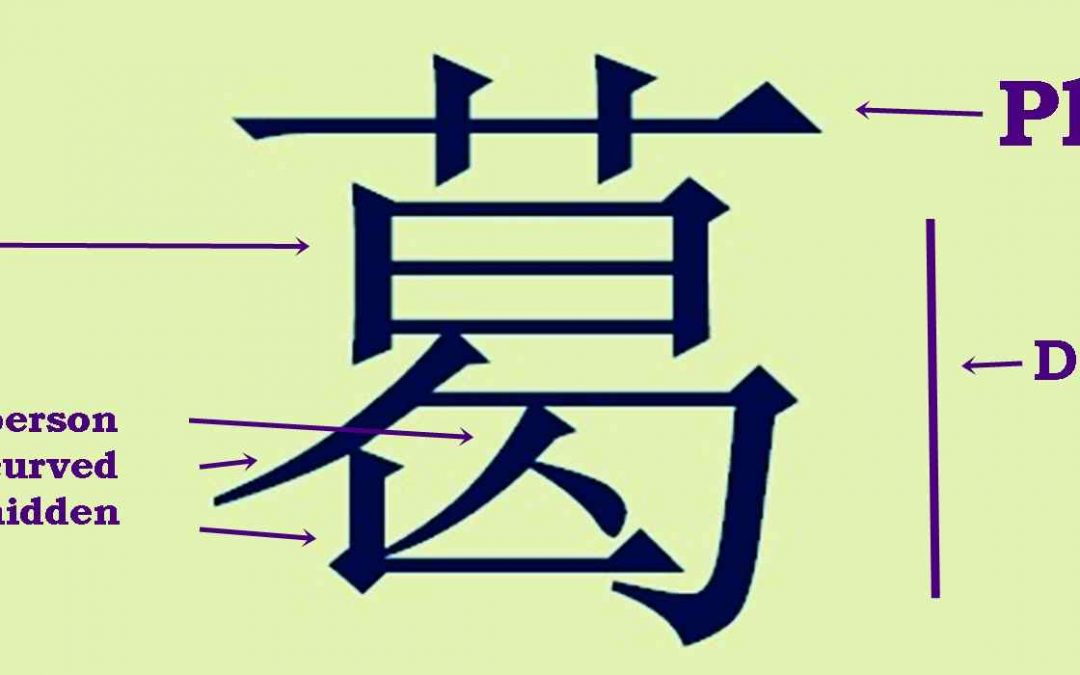
Splendor of Xian in the Tang Dynasty
The splendor of Xian in the Tang Dynasty Every visitor to the city of Xian has heard that the city reached its peak of splendor during the Tang dynasty, but given that today only the Great Goose Pagoda, the Small Goose Pagoda, and some performances inspired by the...
No se encontraron resultados
La página solicitada no pudo encontrarse. Trate de perfeccionar su búsqueda o utilice la navegación para localizar la entrada.
Ethnic groups

The first description of the Religion of the Yi
The first description of the Religion of the Yi By Father François Louis Crabouillet in 1872. The religion of the Lolos[i] is that of sorcerers: it consists only of conjurations of evil spirits, according to them, the only authors of evil. Without being devout like...

The Adventures of the Mad Monk Ji Gong
The Adventures of the Mad Monk Ji Gong The past few days I have been reading a novel about China's most famous rogue monk. About the Monk Ji Gong, better known for his fondness for wine and meat than for his religious merits. His kindness and continuous desire to help...
Chinese culture

2,000-year-old paintings in a Chinese tomb
2,000-year-old paintings in a Chinese tomb It has been more than 10 years since the publication of The complete collection of murals unearthed in China, a dozen or so books describing with abundant full-color photographs the frescoes discovered in Chinese tombs....

The Kudzu vine, a necessary plant
The Kudzu vine, a necessary plant. In the last edition of my book on Chinese characters I explained the character 葛 as follows: gé - kudzu vine. A plant 艹 asked 曷 for its beneficial properties and for its use in making clothes. And in turn曷 is explained: hé - how,...
We are working to republish all the old post in this new format, but due to the vast amount of post published in the last years, it is possible that old and new design posts will coexist during some months.
INDEX OF ETHNIC GROUPS PAGES
General –Achang – Bai – Baima – Baoan – Bulang – Buyang – Buyi – Chashan – Dai – Daur – Deang – Deng – Dong – Dongxiang – Dulong – Ersu – Ewenki – Gejia – Gelao – Hani – Hezhe – Jingpo – Jino – Kucong – Lahu – Lhoba – Li – Lisu – Manchu – Maonan – Miao – Mongols – Moso – Mulao – Namzi – Naxi – Nu – Oroqen – Pumi – Qiang – Sani – She – Shui – Talu – Tibetan – Tu – Tujia – Uygur – Wa – Xibe – Yao – Yi – Yugur– Zhuang


